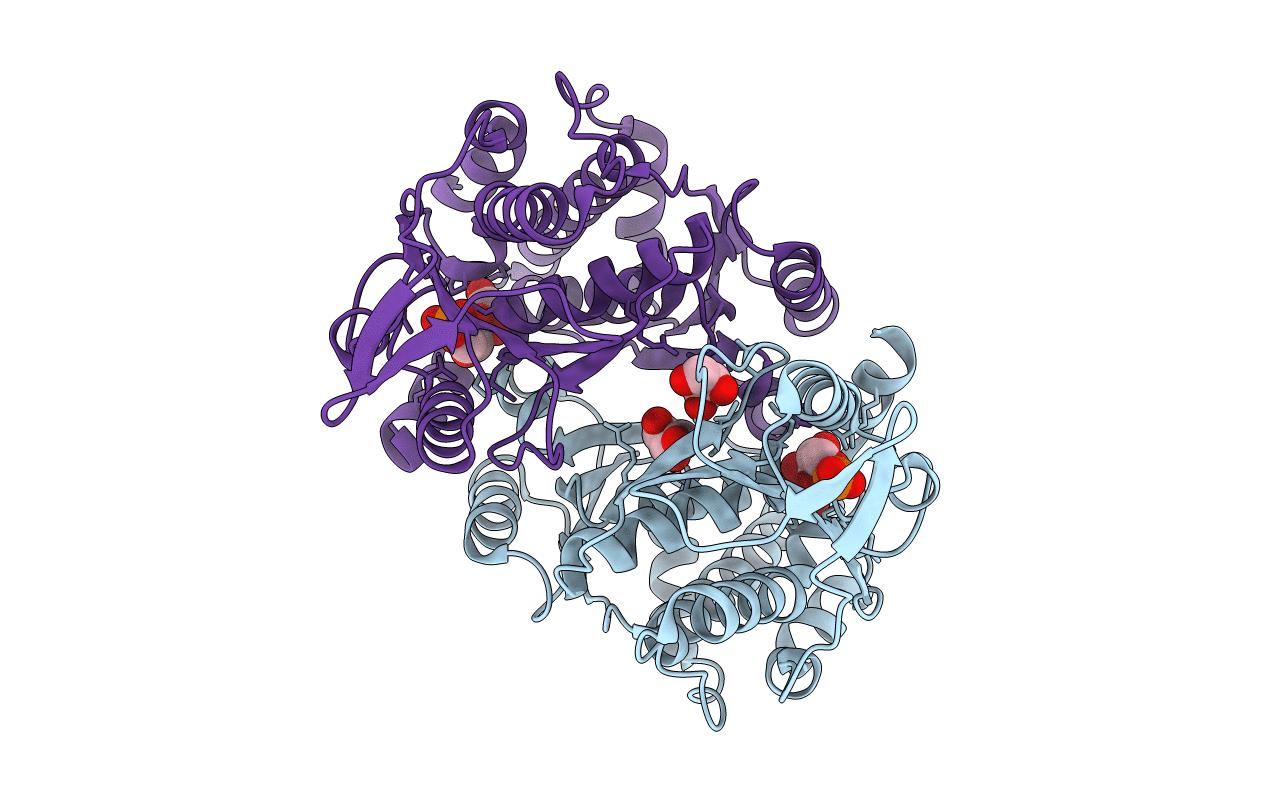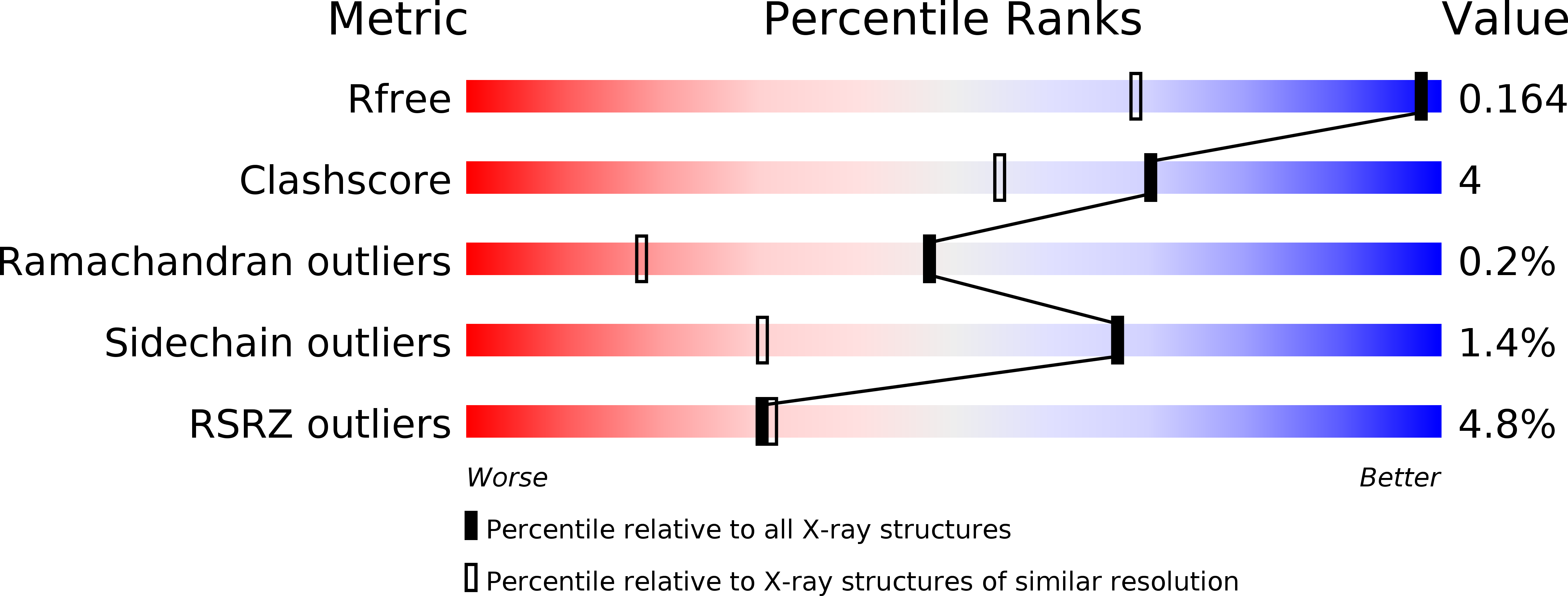
Deposition Date
2004-08-21
Release Date
2004-12-07
Last Version Date
2023-08-23
Entry Detail
PDB ID:
1X9I
Keywords:
Title:
Crystal structure of Crystal structure of phosphoglucose/phosphomannose phosphoglucose/phosphomannoseisomerase from Pyrobaculum aerophilum in complex with glucose 6-phosphate
Biological Source:
Source Organism:
Pyrobaculum aerophilum (Taxon ID: 13773)
Host Organism:
Method Details:
Experimental Method:
Resolution:
1.16 Å
R-Value Free:
0.16
R-Value Work:
0.14
R-Value Observed:
0.14
Space Group:
P 1 21 1


